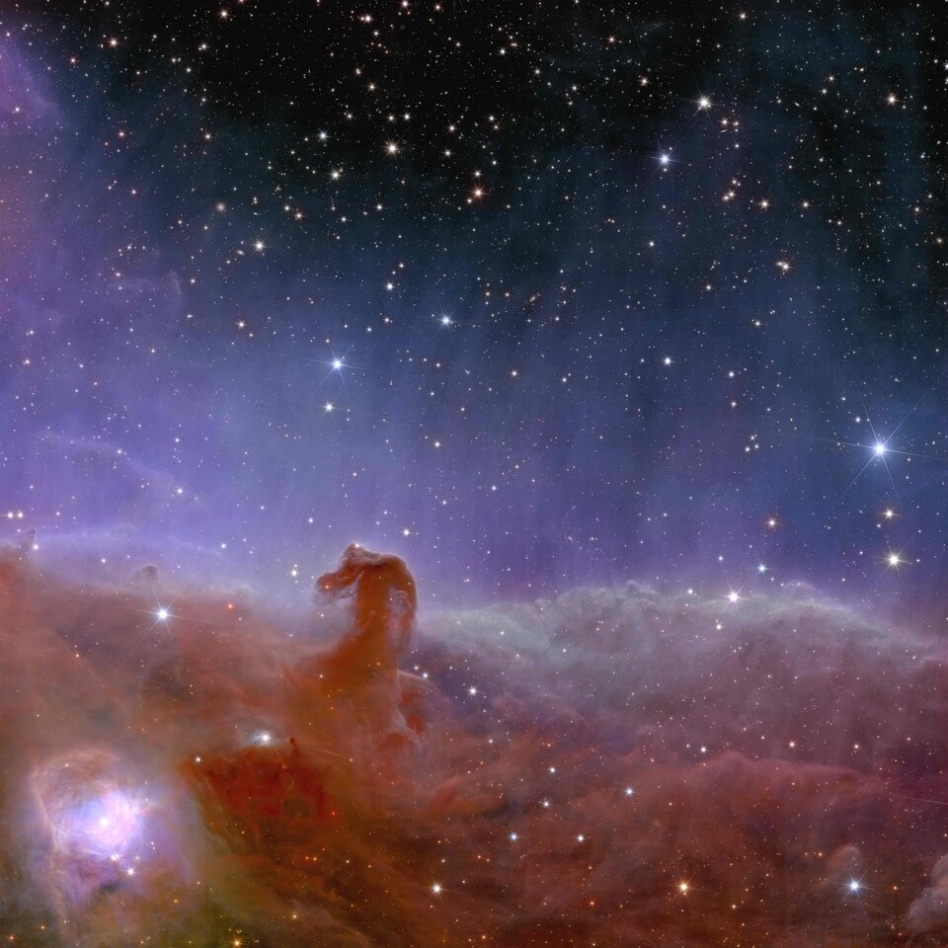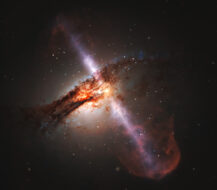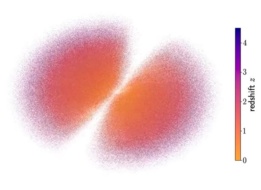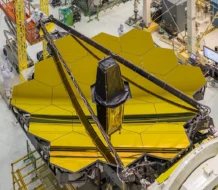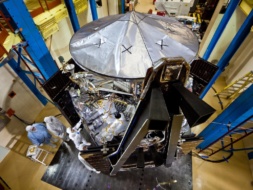The last few years have seen a certifiable boom in scientific exploration of the cosmos, with missions that have been in the works for decades finally coming online. Researchers strove to understand more about the vast and mysterious universe we live in over the course of this year, and in the process, new discoveries were unearthed.
Here’s your roundup of the biggest moments in space science during 2023.
Wavy, baby: Space and time aren’t constant. They ripple and stretch with the influence of gravity and the movement of massive objects through the universe. These ripples, called gravitational waves, have proven hard to find over the years since they were first theorized (by Einstein—who else—in 1916). This year, scientists produced measurements of the gravitational wave backdrop of the universe, just a few years after the first gravitational wave detection.
Snapshots from space: This year, we saw the universe like science has never been able to see it before. The ongoing operations of JWST, which began beaming back images in the near- to mid-infrared last year, have unveiled details of star and planetary formation in greater detail. The flagship space telescope has also allowed researchers to look more closely at exoplanets, sussing out rare details of their atmospheres.
There was a new space telescope in town this year, too. The European Space Agency (ESA) launched its Euclid space telescope on a mission to uncover details of dark matter and energy in the universe, and the new eyes in space have since been hard at work putting together a 3D map of the universe.
Space rocks: It was a big year for asteroid science.
OSIRIS-REx returned its sample of the asteroid Bennu to Earth, where it was successfully recovered in the Utah desert by a team of researchers. The sample contains ~250 g of rock and dust scooped up from the surface of the carbon-rich asteroid—far and away the largest asteroid sample ever collected. Scientists will spend the next few years analyzing the sample.
And OSIRIS-REx wasn’t the only asteroid probe that made headlines this year. The Psyche mission also finally launched after months of delays, and the craft is now on its way to study the eponymous metal-rich asteroid.
Staring into the Sun: A handful of solar mission notched achievements in 2023. The Parker Solar Probe broke a record, getting closer to the solar surface than any mission before it. And ISRO, the Indian space agency, launched its first solar probe, Aditya L1, which is performing as expected and beaming home data on solar flares.
The ongoing search for life: As always, the hunt for life elsewhere in the universe guided astronomers in their investigations throughout 2023, and the development of new tech to aid in that search is well underway. This year, ESA launched its JUICE mission to explore the icy moons of Jupiter, including Europa, which is a promising target in the hunt for life.
